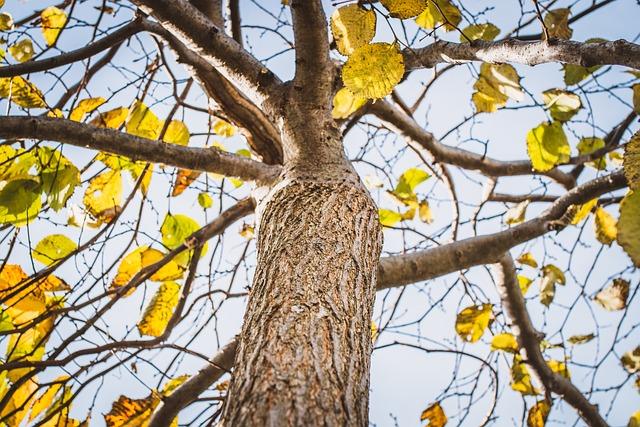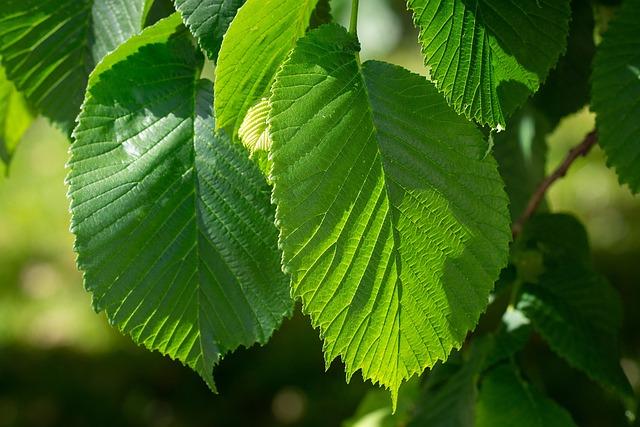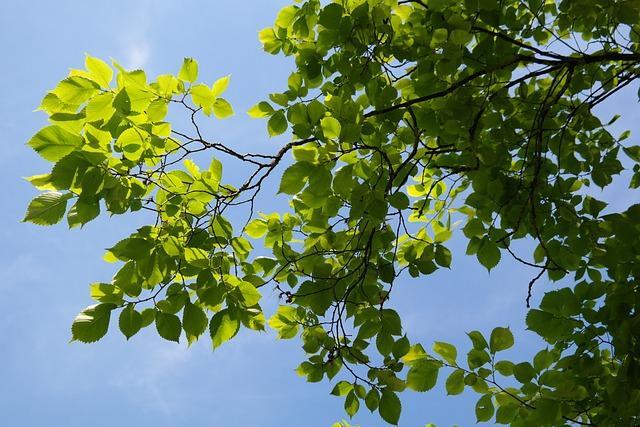- Introduction to Elm (Ulmus Genus)
- Species and Variety of Elms
- Ecological Significance of Elm Trees
- Common Diseases and Threats to Elms
- Uses and Benefits of Elm Trees
- Conclusion
- FAQs
- References
Introduction to Elm (Ulmus Genus)
The Elm tree, scientifically known as the Ulmus genus, has been a central component of landscapes across the Northern Hemisphere for millennia. Known for their graceful forms and versatile uses, Elms have played significant roles in both urban and rural settings.
This article dives deep into various aspects of Elm trees, including their species and unique varieties, their critical ecological role, common diseases that affect them, as well as their many uses.
Species and Variety of Elms

(Image: Pixabay/@Pezibear)
Elms are a diverse group of trees found primarily in North America, Europe, and Asia. They belong to the Ulmaceae family, boasting over 30 species. Some of the most well-known species include the American Elm (Ulmus americana), European White Elm (Ulmus laevis), and Chinese Elm (Ulmus parvifolia).
The American Elm is a native of the United States and known for its tall structure and arching branches—features that once made it a dominant ornamental street tree. Another notable species, the Chinese Elm, is more resistant to diseases and pests, making it particularly useful in urban environments.
Each species varies widely in appearance, size, and leaf structure. While some grow up to 100 feet tall, others stay relatively smaller and bushier. The bark texture and leaf shape can also differ significantly, offering unique characteristics for identification.
Ecological Significance of Elm Trees

(Image: Pixabay/@Pezibear)
Elms play an essential ecological role in forests and urban areas. As long-lived deciduous trees, they provide shade, filter air pollutants, and serve as habitats for wildlife such as birds and small mammals.
In particular, Elms help stabilize riverbanks and prevent soil erosion due to their extensive root systems, which bind soil and reduce the risk of flood damage. They are also important contributors to the carbon sequestration process by absorbing CO2 from the atmosphere, thereby mitigating the effects of climate change.
Historically, Elms were prominent in shelter belts—rows of trees planted to protect crops from wind and other environmental factors—and formed vital components of local ecosystems in woodlands and biodiversity preserves.
Common Diseases and Threats to Elms

(Image: Pixabay/@Mohamed_hassan)
Despite their beauty and ecological importance, Elm trees have been susceptible to several devastating diseases, with Dutch Elm Disease (DED) being the most infamous. This fungal disease, spread by the Elm Bark Beetle, decimated millions of Elms across Europe and North America during the mid-20th century. The fungus invades the tree's vascular system, disrupting water transport and eventually causing death.
Another major threat to Elms is Elm Yellows, which impacts the tree's roots and ultimately leads to its demise. Pests like the Elm Leaf Beetle further contribute to declining Elm populations by feeding on leaves and weakening the tree’s structural integrity.
Although some species and cultivars exhibit resistance to these diseases, prevention efforts often involve chemical treatments and selective breeding for disease-resistant varieties. Continuing research focuses on finding more sustainable and eco-friendly solutions.
Uses and Benefits of Elm Trees

(Image: Pixabay/@Pexels)
Elms are not only valued for their aesthetic presence but also for their practical applications. Historically, Elm wood was highly prized for its toughness and resilience, which made it perfect for boat building, furniture making, wagon parts, and even flooring.
The wood's interlocked grain makes it difficult to split, which adds to its durability. In modern times, Elm wood continues to be used in various outdoor structures and restoration projects.
Additionally, Elms provide medicinal benefits. The inner bark of certain species, like the Slippery Elm (Ulmus rubra), is known for its healing properties. It has been traditionally used for relieving sore throats, coughs, and digestive issues.
Conclusion
Elm trees continue to play vital environmental and economic roles in many regions of the world despite the challenges posed by diseases and pests. Their resilience, combined with their rich history and wide utility, ensures that the Ulmus genus remains an important presence in forest ecosystems and human history. Proper preservation efforts must continue to ensure their survival for generations to come.
FAQs
What causes Dutch Elm Disease?
Dutch Elm Disease is caused by a fungus that is transmitted by the Elm Bark Beetle, which spreads spores through the vascular system of the tree, disrupting nutrient transport.
Are there any disease-resistant Elm species?
Yes, several species exhibit resistance to Dutch Elm Disease, particularly the Chinese Elm and various hybrids bred specifically for resistance purposes.
How long do Elm trees typically live?
Elm trees can live for several hundred years if not impacted by disease or harsh environmental conditions. Many require minimal maintenance besides routine care.
What are the benefits of planting Elm trees in urban areas?
Elms provide shade, reduce air pollution, and offer aesthetically pleasing streetscapes in urban environments. They also support wildlife in cities where natural habitats may be limited.
Is Elm wood good for furniture making?
Yes! Elm wood is highly durable with interlocking grains, making it resistant to splitting, which makes it ideal for furniture, including chairs, tables, and cabinets.

